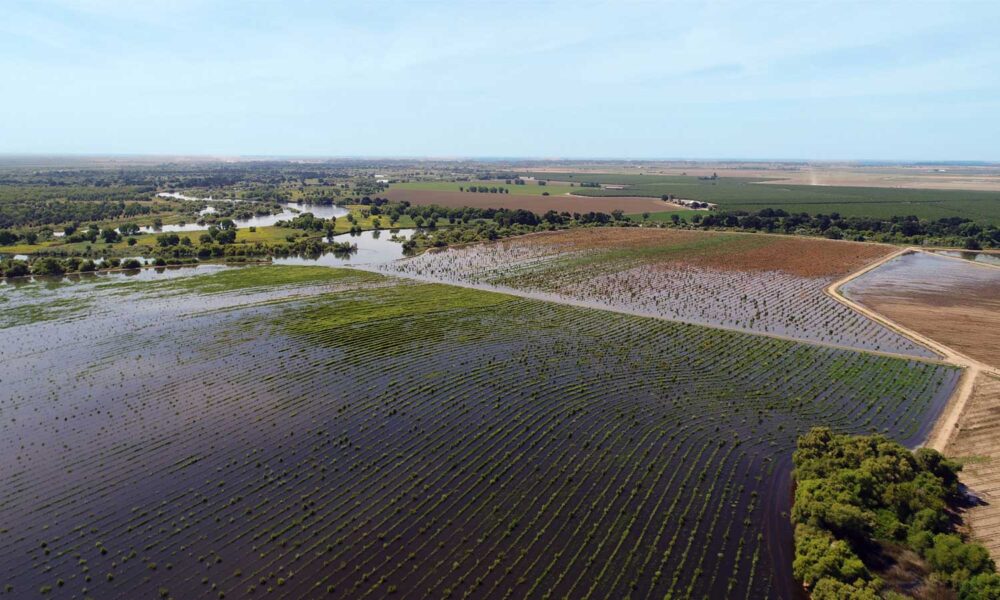California faces a critical challenge as it strives to meet the goals of the Sustainable Groundwater Management Act (SGMA), which mandates groundwater sustainability by mid-century. In regions like the San Joaquin Valley, where agriculture consumes around 90% of water, this will require transitioning about one million acres of irrigated farmland to alternative uses. Left to market forces, this shift could devastate rural economies, threatening the livelihoods of farmers and farmworkers.
To address this challenge, a comprehensive framework for cropland repurposing has been developed. It is rooted in collaboration among community leaders, scientists, farmworker advocates, and practitioners. Rather than abandoning agriculture, the framework envisions reimagining land use to generate environmental and economic benefits, support food security, and enhance community well-being.
The framework sets out six core objectives: ensuring socioenvironmental and economic justice; promoting ecological resilience; advancing sustainable agriculture through agroecological practices; securing funding and scalability; fostering leadership and accountability; and delivering multiple social benefits such as housing, education, and healthcare.
To turn these goals into action, seven best practices have been identified. First, all projects must prioritize public health, actively improving conditions for nearby communities. Second, land repurposing should focus on vulnerable areas, delivering the greatest return on investment and addressing socioenvironmental inequalities. Third, transitioning to sustainable agricultural practices such as diversified, multifunctional farming systems ensures more resilient land use.
Fourth, fostering a sustainable agricultural economy includes support for small and mid-size farmers through cooperative initiatives, revenue diversification strategies like agrivoltaics, and improved access to water. Fifth, equity and community leadership are central, requiring inclusive planning processes that reflect local needs and use full cost-benefit assessments.
The sixth practice calls for a just clean energy transition, ensuring that rural communities benefit directly from renewable energy development. Lastly, expanding education, outreach, and skill-building is essential. Multilingual programs, community-led environmental monitoring, and fair compensation for contributors support inclusive participation.
These principles are already being applied in communities across California. Projects include buffer zones to reduce pesticide exposure, tribal-led wetland restoration, and community-owned agroecology hubs. These examples show how collaborative, well-planned initiatives can create jobs, restore ecosystems, and build climate resilience.
The choice ahead is clear: allow market dynamics to dictate outcomes, risking economic decline and environmental degradation or adopt a strategic, inclusive approach that transforms rural economies and safeguards the future. By implementing these best practices, California can ensure a just land transition that strengthens both its environment and its communities.

